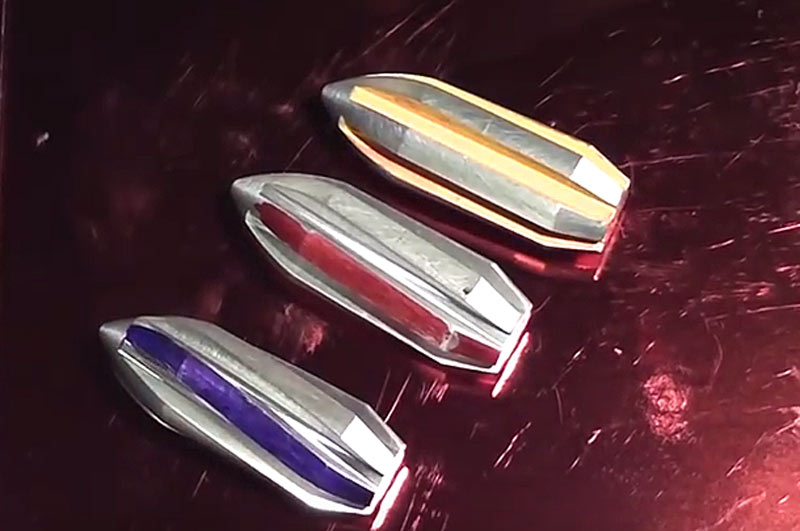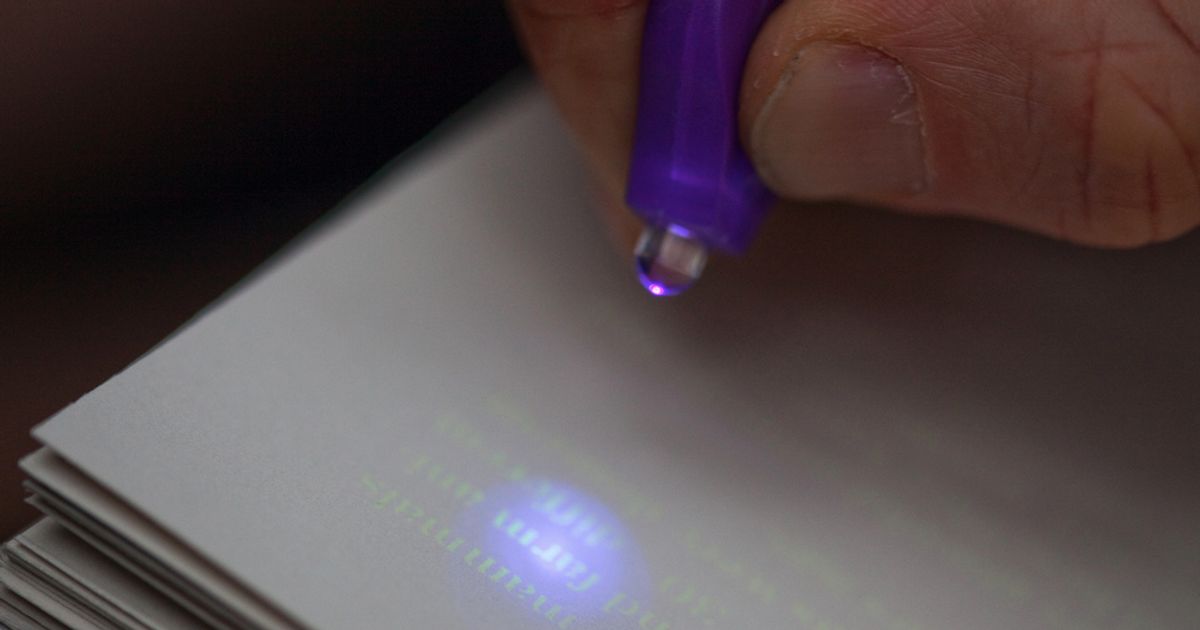Now Reading: Several factors which can alter an effective range of Rifled Bullets
-
01
Several factors which can alter an effective range of Rifled Bullets

Several factors which can alter an effective range of Rifled Bullets
In simpler words, Rifling refers to helical grooving to the inner bore or barrel; it is used to impart spin during shooting. This spin gives stability to the projectile by increasing its aerodynamic stability. At a close range, Rifles can shoot up to 6 ft. (2 meters) while an AK47 can fire maximum up to 2,600 ft. (800 meters). This capacity of varying ranges is possible due to rifling. In comparison to smooth bored firearms, rifled firearms cover a greater distance quite efficiently because of rifling. There are several factors which are responsible to alter the effective range of rifled bullets; these factors are either from internal ballistics or external ballistics. When practically compared between the firearms having no rifling with one which has it is commonly observed that the projectile or bullet not only covers a greater distance but also gives higher target specificity.
Factor like propellant affects differently on a range of any type of ammunition. Various types of propellants like black powder, smokeless powder, single-base powder, double base or triple base powder have their capacity of firing at varying ranges. Another one is loading density; it materially affects the range and the aim of a shot. Higher loading densities are useful in attaining desired range. Shapes of cartridges play an important role in affecting the range at firing. The shape of a cartridge can determine how long a projectile can fly in the air. Rifling of the barrel is vital amongst factors affecting a range of firearms. Uneven rifling results into shortening of distance for projectile while even and proper rifling results in covering maximum distances. The backward push of rifle commonly known as recoil gives an alteration in direction to fire the shot resulting in earlier fall down of pellets. Sometimes this recoil causes bullet drop. When these all factors are placed in balance for comparison with smooth bored firearms, it is seen that smooth bored firearms lack behind in higher distance covering capacity. The hammer strikes the backside of the bullet, so the ejection of the projectile will take place, making it possible to cover greater distances, but can cause barrel fouling when the velocity of striking hammer increases. The velocity of the bullet while leaving the muzzle end is muzzle velocity. Muzzle velocity depends upon quality and quantity of the powder, barrel length, twist rate, bullet fit and dimensions of powder throat. Muzzle velocity determines the covering distance of projectile if it is lower than average can result in missing the target or earlier fall down of projectile. Factors like rifling and recoil give much more efficiency in range when a comparison is done with country-made firearms.
Above explained are some of the internal ballistic factors while upcoming will be of external ballistics. We know that spin is an important factor to determine the range of a projectile. The spin of the bullet is its revolving around its longitudinal axis. Greater the spin, greater the distance, but spin has introduced drift. Drift is the sideway shift of the projectile from the plane of departure. It takes the direction of the spin. If the spin is towards right the projectile drifts towards the right and vice versa. Thus drift and spin is key factors affecting rifled ammunition’s range. Rifling of bullet imparts twist; Twist is the degree of turning, of the rifling. Twist gives stability but in excess leads to missing of the target. Structure of projectile is important in determining the efficiency of a range of projectile because certain shapes like curved headed or angled headed projectiles overcome air resistance better than others.
The efficiency of the projectile also depends upon sectional density. The greater is the sectional density, the greater is the efficiency. Air resistance is important too as it retards the velocity of the projectile. Greater the air resistance slower will be the projectile moving. Along with air resistance wind affects the motion of the projectile in its path. If the motion of the wind is in the same direction, it adds to the velocity of the projectile. If it is blowing against the projectile, it reduces the velocity. If it is blowing from any other side or at an angle, it not only changes the velocity of the projectile but also changes the direction of the projectile. The point of impact on the target is modified due to wind deflection.
Drag, the suction of bullet at the base of it. It slows down the velocity of the bullet, making it difficult to cover the desired distances. One force which every projectile has to overcome to fly is a gravitational force. Greater the gravitational pull smaller will be distance covered. Even the gravitational force can create bullet drop meaning sudden fall down of projectile. Imparting of spin or rifling is a key factor to escape Gravitational pull. Ballistics coefficient is a coefficient that determines the ability to overcome air resistance in flight. It also measures how streamlined a bullet is. Larger the ballistics coefficient better the bullet retaining its velocity and its capacity to overcome a bullet drop.
One of the important comparisons anyone do is between rifled and smooth a bored firearm, which indeed needs to be done for studying the ranges, covering distances, greater aim specificity, etc. When we talk about the factors like spin and drift which is only present in rifled projectiles then we understand that these factors have a vital role in providing stability to fired shots. Speaking in layman’s language, it is necessary to have rifling due to higher target specificity which is lacking in country-made firearms. These country-made firearms are consisting of no rifling and prior knowledge of production, mostly resulting into barrel fouling, bursting of the bullet inside a barrel, creating an excess of pressure causing irreversible injuries to the human body like permanent damage to palm and fingers, loss of an arm and when kept close to face causing facial injuries.
Author :- Swaroop Sonone, Intern at Legal Desire (2020)
Dedicated and ambitious towards gaining Forensic intelligence wherever possible. Master’s Degree appearing Forensic Science student, with a capacity to convey forensic knowledge to a layman in simple language. Has an interest in Digital and Cyber Forensics, Forensic Psychology and Forensic Physics. Has handled instruments like FT-IR, UV-Visible Spectroscopy and Digital Forensic tools like Encase, OS Forensic, etc. Studying and working about Secret writing, DNA extraction techniques and Legal aspects of Forensic in Courtroom.











